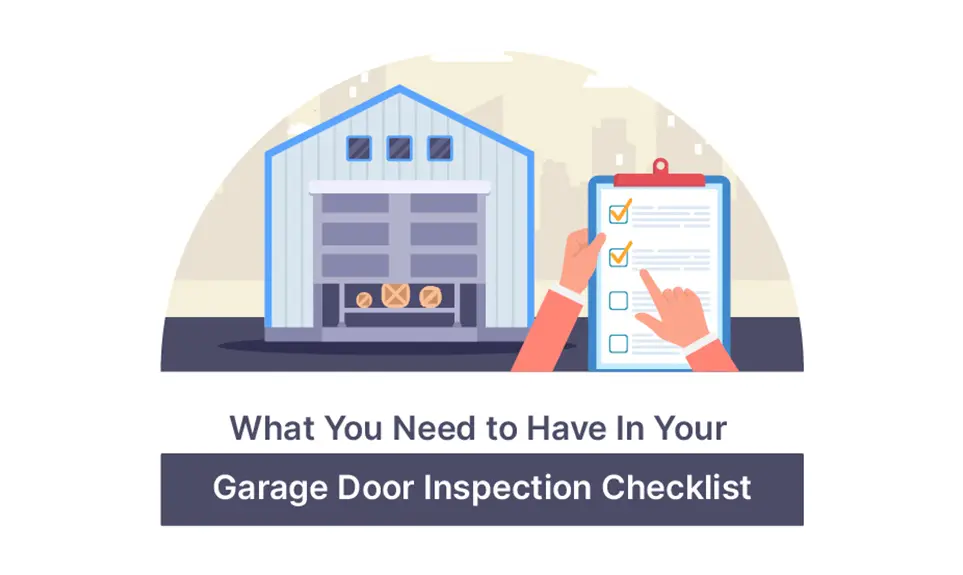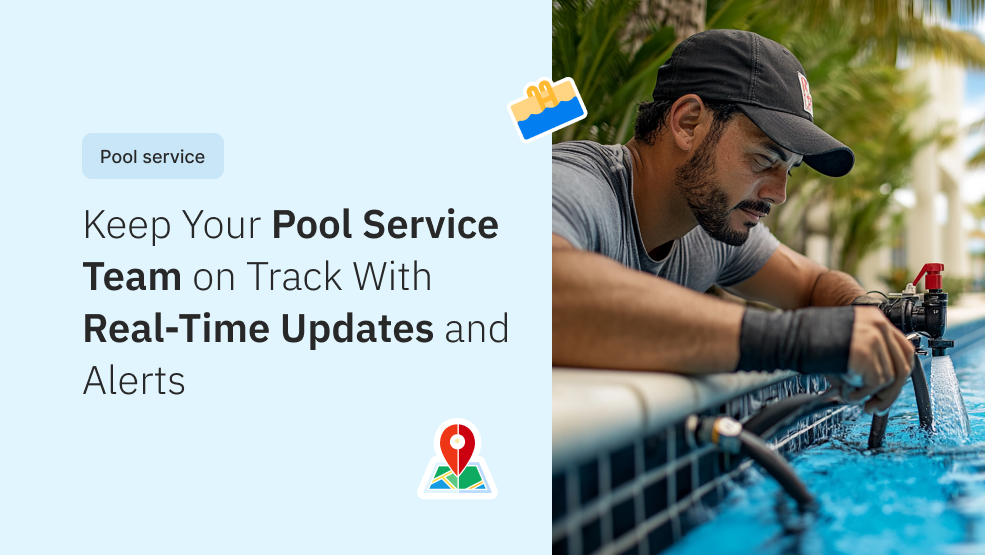A garage door is a major value addition to any home. Not only are they a great place to keep your car, but they’re also good storage areas for your knick-knacks. Like everything else in your home, your garage doors also need maintenance on a regular basis to keep them in prime working condition. It can actually be dangerous if you neglect to inspect a garage door.
They have numerous components and parts, from sensors frames, motors, hinges, slides, and more, all working to provide a painless experience for you to use your garage door. But it’s natural to expect wear and tear on these parts over time. When you inspect a garage door and find issues before they become a problem, you can expect to save good money with some preventive maintenance.
You should typically inspect your garage once every six months to look for any issues that might have cropped up. A typical preventive door inspection can keep maintenance costs down. The average repair for a garage door can cost anywhere from 150 to 350 dollars.
To keep your garage door running properly, you can use the checklist below to identify major issues to ensure garage door safety.
Photo-eye sensors
Most automatic garage doors have photo eye sensors, which are used to prevent the door from closing if it’s near your car. These sensors are typically found on the garage floor, near the door. They typically shouldn’t be more than 6 inches off the ground to ensure proper operational efficiency. The first thing to do during door inspection is to measure the distance and ensure it doesn’t exceed six inches.
Once you are complete with the measurement, you can test the photo-eye sensor with the following steps to ensure it is working properly.
- Make sure the sensors are attached to the wall.
- Put an object that’s taller than six inches to test the door’s automatic opening function for safety.
- Block the sensor with an object and try opening the door.
- Use your garage door opener to open the door normally.
If the door doesn’t close during these tests, then your door is working properly, If your door is closing or shows faulty operation, then it’s time to find a professional for a garage door repair. You can contact your manufacturer or the installation technician to request service.
Buttons and remotes
The garage door typically comes with a button on the wall to operate your doors while you are in the garage. You will also be provided with a remote to operate the door while you are outside or in the car. You can perform the following tests to test your push button and remotes.
- Is your push-button in clear view of the garage door?
- Is the button located above children’s reach?
- Does the button work properly when pushing it? Do you have to push the button numerous times to operate it?
You can do the same test for remotes as well to test proper operation. If they are not working as intended, then it may be time to either replace the push button and remote or see if the batteries in the remote need to be replaced. You can call in a professional to confirm the same and do the necessary service.
Auto-reversal function
Auto-reversal is a safety function that prevents the door from closing when it detects an object in its path. Whenever it detects an object, your garage door should automatically reverse back into its open position so as to prevent any collisions and accidents. Here’s what you can do to test the function.
- Use the garage door opener to open the door.
- Introduce a large object that’s at least two inches tall beneath the door where it would normally close.
- Try to close your garage door with the garage door opener.
- Your garage door should start closing, and once it reaches the object, it should automatically retract into its open position.
If the garage door insists on closing even with the object obstructing it, or it doesn’t open smoothly, then it’s time to check the auto-reversal function. Check the pressure-sensitive strip that’s installed at the bottom of the door to see if it’s intact. If it’s not, then you will need to call in a technician. If it’s still intact and not working properly, then it will require some adjustments which are best done by hiring a professional.
Inspecting the door, track, and rollers
A garage door operates by moving the door across a track and rollers with the use of a motor. These parts suffer the most wear and tear, so they will need regular inspections to ensure they are in prime working condition.
- Your door shouldn’t be dented or rusted.
- Your door stays on track during operation.
- Opening and closing your door shouldn’t have any difficulty.
- The tracks and rollers shouldn’t be corroded or worn.
- The rollers stay inside the track at all times during operation and rest.
- The rollers do not have wear like cracking, chipping, and warping due to temperature and pressure.
If you find any hindrance in the smooth operation of your garage door, then it’s time to bring in a professional to get it assessed properly and do any preventive maintenance.
Inspecting and cleaning hardware
You should be inspecting hardware such as the brackets, hinges, and anything else that holds your garage door together and keeps it in working condition. Use the steps listed below to inspect your hardware. Hardware like brackets and hinges hold your garage door and its mechanical parts together.
- Look for any loose screws and tighten them.
- Replace any missing screws and bolts.
- Look for signs of rust to either clean with a rust remover or call a professional for replacement.
- Clean and wipe down dirt from the hardware.
- If your hinges or brackets are worn down, then they will likely need to be replaced.
- Check the weatherstripping on the bottom and sides of the garage door to see if it’s insulating properly. If it’s worn down, then you may have to replace the weatherstripping with the help of a professional.
Conclusion
A garage door needs to be inspected and maintained every six months. This not only ensures smooth operation, but you can take care of little problems as and when they appear, before they become larger issues that can become astronomically expensive.
If you find an issue and are unsure about how to fix it, or do not have the necessary tools on hand, then it’s best to call in a professional and have them do a full check and repair. They will not only have experience and tools on their side, but they can also find any additional issues that might cause an issue later on.






